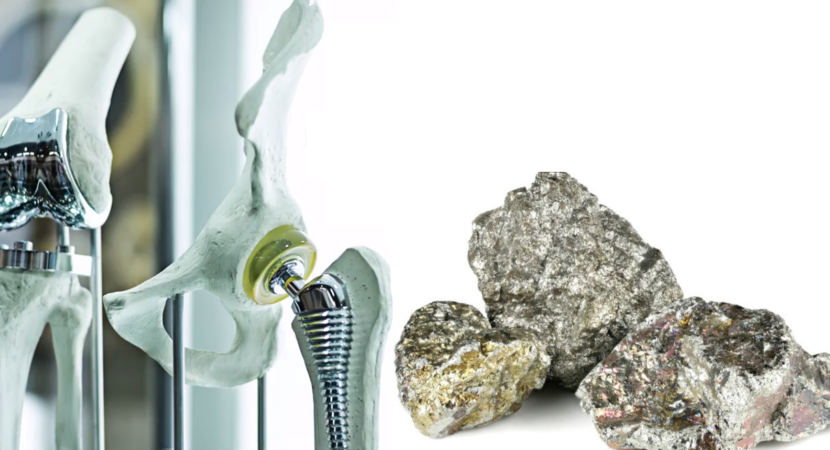
New models are already being produced with a niobium alloy that promises to revolutionize the prosthesis industry with a lighter and more versatile material.
CBMM (Companhia Brasileira de Metalurgia e Mineração) is a specialist in niobium-based products and which recently began studies in the field of graphene, announced on Tuesday (26) that the first orthopedic prostheses made with this metal that have been produced since February in 3D printers have had good results. New models with a niobium-titanium and titanium-niobium-zirconium alloy are already being studied, designed for the total comfort of the patient.
See also other features
- Baru Offshore has just announced IMMEDIATE job vacancies to work on tugboats in Rio de Janeiro
- URGENT job openings for helpers, welders and boilermakers to work in a metallurgical company
- Investments of BRL 200 million in Chemical Complex will generate new jobs
“This innovation was created by IPT – Instituto de Pesquisas Tecnológicas, in partnership with CBMM and AACDO.
The first results of the project were presented at an international congress on materials science and technology, in the USA.
“Professors and researchers commented that they are looking for alternatives to replace the titanium-aluminum-vanadium alloy with other materials. They don't want to use this alloy anymore because of the implications on the human body; we were the only ones at the conference to present a study on the niobium-titanium alloy,” said Professor Daniel Leal Bayerlein in February of this year.
The project is expected to be completed in the first half of 2020.
Just below, you can see a video-slide demonstrating the prostheses:
But what is niobium?
According to the Oficina da Net website, niobium was discovered in 1801 by the Englishman Charles Hatchett and is the lightest of the refractory metals, it is mainly used in ferrous alloys (so powerful that it is used on the scale of 100 grams for every ton of iron), creating very resistant steels that are used in gas pipeline tubes, airplane engines, rocket propulsion and other so-called superconductors, as well as welding, nuclear industry, electronics, optical lenses, tomographs, etc. With 99% of the world's reserves and more than 90% of world trade, Brazil explores very little, close to available capacity.
WHAT IS GRAPHENE?
Graphene, which is the thinnest material in the world, is one atom thick and was the first two-dimensional material discovered. Graphene (taken from graphite) exists as a hexagonal honeycomb structure made up of six segments of carbon atoms and has been scientifically proven to have amazing properties. For more than 100 years this material was dreamed of, but only in 2004 was a Graphene layer separated from Graphite simply using adhesive tape.
The two researchers Sir Andre Geim and Sir Kostantin Novoselov, who worked at the University of Manchester, won the Nobel Prize in 2010 for this discovery. Since then, graphene is seen as one of the most promising new materials for commercial applications. Billions of dollars have been invested in research and thousands of scientists are discovering the amazing wonders that can be created. Current graphene applications include long-lasting batteries, anti-friction coatings, more durable materials, water filters, anti-corrosion coatings and faster computer chips. The future has so much more in store with ideas like flexible electronics, electronic paints and inks, robotic skin, and even space elevators.
The Unknown Fatos channel produced an interesting video about graphene, check it out:








